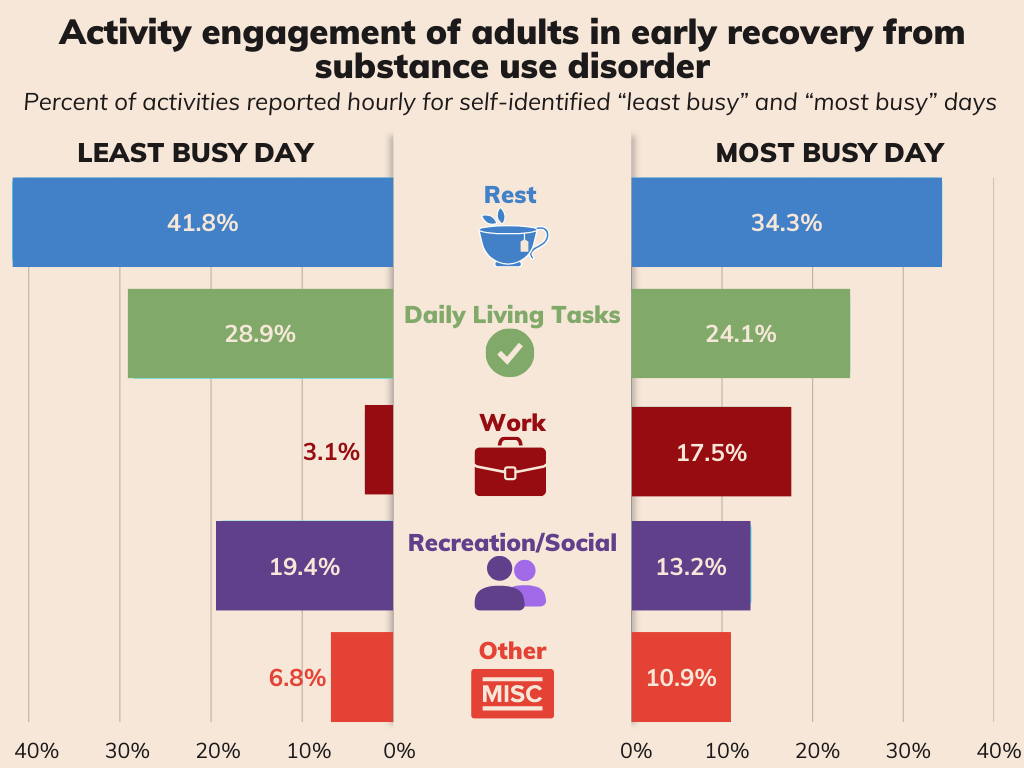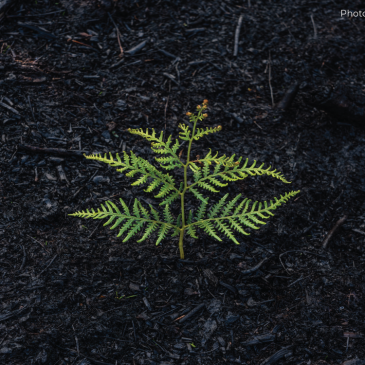Over 85% of individuals with substance use disorder return to use1 within a year of treatment. Many people in recovery from substance use disorder face challenges finding new activities to occupy time previously filled with substance use-related activities. Thus, the habits and routines established during early recovery may be particularly important in a person’s recovery journey. This week, in recognition of September as National Recovery Month, STASH reviews a study by Robert H. Kitzinger, Jr. and colleagues that explored the habits and routines of adults in early recovery from substance use disorder.
What was the research question?
What are the habits and routines of adults in early recovery from substance use disorders?
What did the researchers do?
Fourteen adults participated in the study. They were all in early remission (i.e., in treatment for less than one year) and receiving care at an intensive outpatient treatment program for substance use disorder at the time of the study. Participants reported their activities every hour for their “least busy” day and “most busy” day,2 and indicated whether the activity was new (i.e., something started during the recovery process). The researchers also randomly selected five participants to explain and elaborate on their answers via one-on-one interviews.
What did they find?
During their least and most busy days, participants most frequently engaged in rest activities such as sleep, relaxation, and down time (see Figure). Less than 32% of activities were new. Interviewees mentioned free time and periods previously associated with substance use as particularly difficult for their recovery. During unstructured times, they reported seeking out their support system (e.g., loved ones, religion) and past hobbies (e.g., helping others, gardening) to fill their time. Interviewees also emphasized how important repetition, consistency, and structure are for their recovery.

Figure. Activity engagement of adults in early recovery from substance use disorder. Percent of activities reported hourly for self-identified “least busy” and “most busy” days. Click image to enlarge.
Why do these findings matter?
Rest was the most frequently reported activity, yet participants pointed to free time as an area of stress and had not engaged in many new activities. Thus, those in early recovery may benefit from building new habits and routines. Their support system (e.g., loved ones, recovery coaches, healthcare providers) can help them form new habits by encouraging them to reflect on current behaviors, set specific and measurable goals, and create an action plan.
Every study has limitations. What are the limitations in this study?
The study sample was relatively small and came from a single intensive outpatient program. Furthermore, the goal of qualitative findings (e.g., interview responses) is to better understand lived experiences, not to generalize. There may also be discrepancies in what was considered a “new” activity, as recovery is personal and defined differently by each individual.
For more information:
If you are worried that you or someone you know is experiencing addiction, the SAMHSA National Helpline is a free treatment and information service available 24/7. For more details about addiction, visit our Addiction Resources page.
— Caitlyn Matykiewicz, MPH
What do you think? Please use the comment link below to provide feedback on this article.
________________
1. “Return to use” is a morally neutral alternative to “relapse”, which has a stigma alert as it can imply a moral failing for some people.
2. Participants self-identified their “least busy” and “most busy” days.




